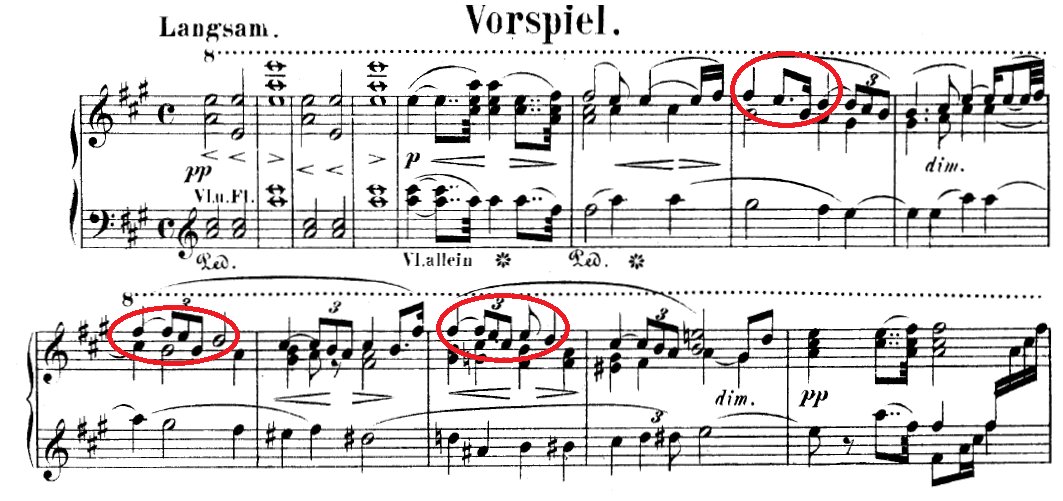
#WednesdayWagner For all of you loving to discover new connections between Wagner materials and dramas, just mentioning that the TARNHELM leitmotiv also appears in PARSIFAL. Yes, you are reading correctly! Short thread with examples ⬇️
#Wagner #DasRheingold #Parsifal #Leitmotif
#Wagner #DasRheingold #Parsifal #Leitmotif
Here, the 'Tarnhelm' leitmotiv, as appears in 'Das Rheingold'. You can listen to it through this link: 

Now, get ready to listen to this excerpt of 'Parsifal' Act 1, at 0.06 ... What happens next will surprise you!
In this case, the 'Grail' leitmotif is modified to start exactly like the 'Tarnhelm' leitmotif (even maintaining the pitches and also the orchestration, stopped sounds by French Horns!) 

If you want to know more details about 'Tarnhelm' leitmotiv, check this other thread
https://twitter.com/wagner2_0/status/1242845296276750337
If you want to know other relations between the 'Ring Cycle' world and Parsifal, check this other thread:
https://twitter.com/Wagner2_0/status/1288507524887478272
@threadreaderapp unroll
• • •
Missing some Tweet in this thread? You can try to
force a refresh








